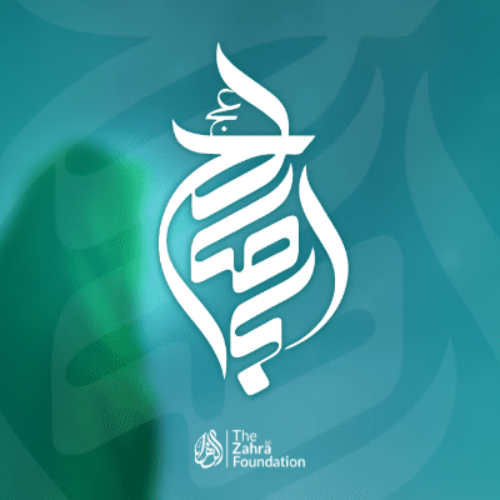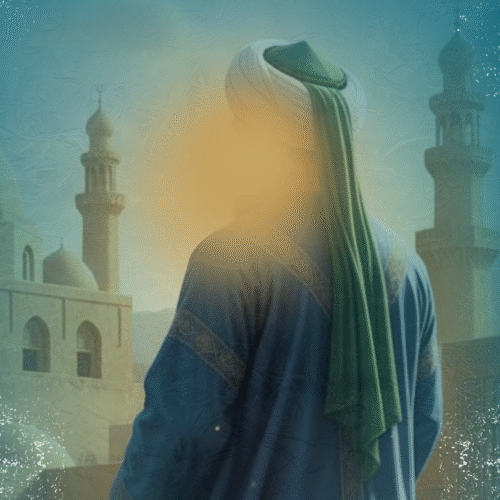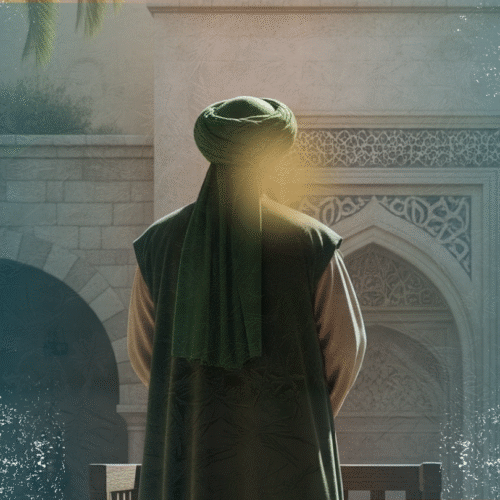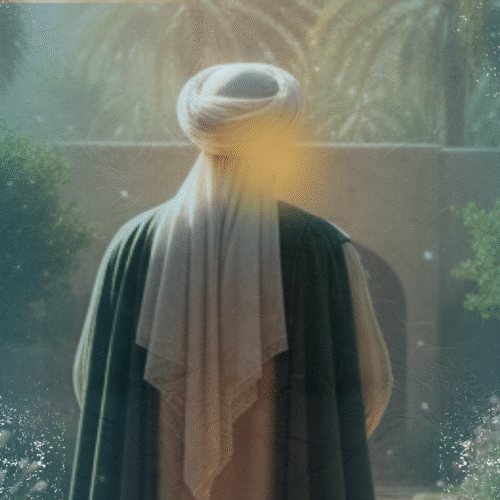Hajj, one of the five pillars of Islam, is an annual pilgrimage and a sacred act of worship.
Here are five important things to know about Hajj, from when it takes place to a step-by-step look at what happens during the journey.
When Does Hajj Take Place?
Hajj occurs each year during the Islamic month of Dhul Hijjah. For 2025, it’s expected to fall between June 4th and June 9th, though dates may vary slightly depending on moon sightings.
What Is Hajj?
Hajj is a spiritual journey to the Kaaba in Mecca and is one of the pillars of Islam. Every Muslim who is physically and financially able is expected to perform Hajj at least once in their lifetime.
This pilgrimage draws millions of Muslims from around the world, people of every background, nationality, and walk of life, united in their worship and devotion to Allah (swt).
What Does Hajj Mean?
The Arabic word hajj (or hijj) literally means proof, evidence, or an intention to undertake something important.
Beyond its linguistic meaning, Hajj holds deep symbolic and spiritual value for Muslims. It represents a profound act of devotion, a way to seek closeness to Allah (swt), and a moment of reflection, humility, and unity.
What are the Main Steps of Hajj?
The rituals of Hajj, known as the rites of Hajj, are performed in this specific order:
- Ihram – (Entering a state of purity)
- Staying in Arafat – (Staying in the plains of Arafat to ask for forgiveness from Allah)
- Staying in Al-Mashar Al-Haram – (The region between Arafat and Mina where pilgrims can collect stones for Ramy Al-Jamarat)
- Staying in Mina over the night of the 11th, 12th, and (for some people) the 13th of Dhul Hijjah to perform the following practices: Ramy Al-Jamarat; slaughtering a sacrifice; halq (which is the shaving the head for men) or taqsir (cutting a wisp of hair or clipping nails)
- Tawaf Al-Ziyarah – (Seven turns around the Kaaba)
- Prayer of Tawaf Al-Ziyarah
- Sa’y between Safa and Marwa – (The act of walking and running seven times between two hills, Al-Safa and Al-Marwa)
- Tawaf Al-Nisa- (Performed after the Sa’y of Safa and Marwa and only differs with Tawaf Al-Ziyara in intention. After sa’y, all prohibition of ihram except using perfume and sexual activities are lifted)
- Prayer of Tawaf Al-Nisa – (This prayer has two rak’as, and should be said after the tawaf behind Maqam Ibrahim)
Where is Hajj Mentioned in the Quran?
The term Hajj appears 12 times directly in the Qur’an, with the broader pilgrimage mentioned 27 times in total. One of the most well-known verses states:
“And proclaim to the people the Hajj [pilgrimage]; they will come to you on foot and on every lean camel; they will come from every distant pass.” [Quran, 22:27]
Hajj and Eid Al-Adha
The completion of Hajj leads into Eid Al-Adha, a sacred holiday observed by Muslims worldwide. Whether you’ve completed the pilgrimage or are celebrating from home, it’s a time to honor sacrifice, faith, and community.
If you’re unable to perform Hajj this year, there are still meaningful ways to engage in its spirit.
By giving Qurbani through The Zahra Trust Canada, you help spread the joy of Eid Al-Adha while directly supporting individuals and families in need.
To find out more about how to give Qurbani this Eid Al-Adha, click here. May Allah (swt) continue to bless you and your loved ones during Dhul Hijjah and beyond.






